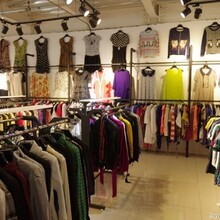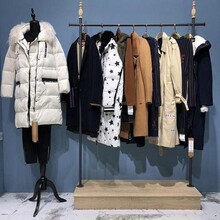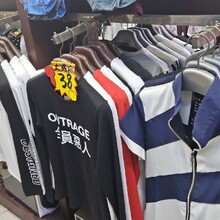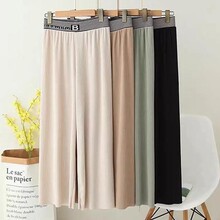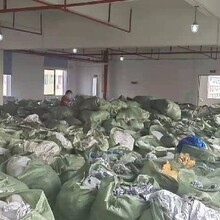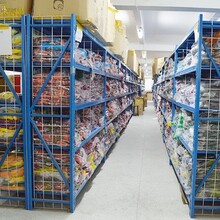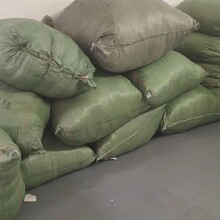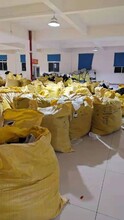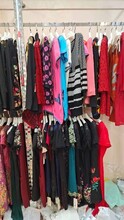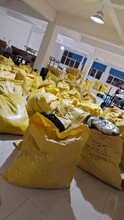Shelves can be divided into many types according to different characteristics, and the specific classification is shown in the figure on the following page. Pallet racks can be divided into many different types. Most of them use forklifts to let "goods" in and out. However, because of the long depth of drive in and drive through racks, forks can go deep into and shuttle through them. There are also sliding shelves and electric ones that can realize first out. In addition, the swing rack in the movable rack is small in shape and easy to take out, while the mobile rack plays a role in saving space. The method of selecting storage of inventory should be determined on the basis of analyzing the physical characteristics of "items" and the characteristics of purchase and shipment. All varieties cannot be kept in the same way. Of course, items with different sizes will be different. For items of different quantity and size, the storage method should also be changed according to the situation. In addition, for goods with high delivery frequency, it is necessary to select a method that is easy to pick up, while for goods with few deliveries, it is necessary to select a machine for safekeeping based on the efficiency of safekeeping. Of course, these are only for some of the inventory goods that you choose to keep, and excessive inventory will have to face the recovery of inventory. Recycled inventory refers to the temporarily stagnant materials in the warehouse. This long-term backlog will not only waste unnecessary storage costs, but also bring pressure on the enterprise's capital flow. Therefore, the combination of inventory recovery and the selection and maintenance of inventory goods is the appropriate way.
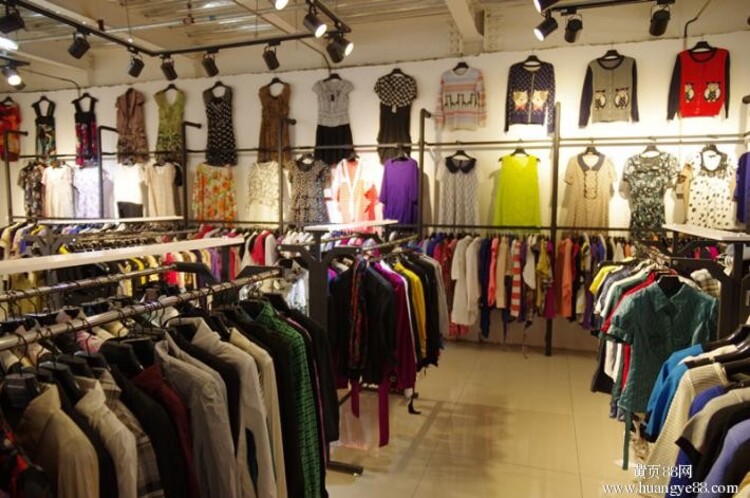
Established in 2016, Yuhang Inventory Clothing Recycling Co., Ltd. is located in the detailed cloth market of Renzhou, Shatian Town, Dongguan City. It is engaged in the recycling of inventory clothing, the recycling of clothing tails, the recycling of inventory clothing, the recycling of inventory clothing, the recycling of inventory fabrics and other knitwear recycling, including various waste textiles and various recycled old clothing, In the current pace of life, the market for knitwear recycling is quite large. What kind of processing and recycling will these recycled knitwear usually go through? The following is a brief introduction of three mainstream methods for recycling knitwear. (1) Physical recycling is to decompose or crush textiles with mechanical assistance without destroying the chemical structure of the polymer and changing its composition. It is processed by collecting, classifying, purifying, drying, adding necessary additives, and then re used in fabric production. Physical recycling is often used for the recovery of single component natural fibers or synthetic fibers, such as waste wool fibers and polyester fibers. However, the applicability of blended fibers is relatively poor due to the difficulty in classification. Physical recycling has high technical requirements, difficult classification, many pre-treatment machines and equipment, high cost, and complex recycling process. (2) Chemical recycling is to treat waste textiles with chemical methods, depolymerize, decompose and re polymerize the high molecular polymers in waste textiles of natural fibers or chemical fibers, obtain monomers, and then use these monomers to manufacture new fibers. Chemical recovery is not applicable to natural fibers. Because of the complex composition of natural fibers, it is almost impossible to classify and recycle them. For synthetic fibers, chemical recovery can be used, but the chemical recovery process is quite complex, and many chemical solvents and chemicals need to be added, which makes the recovery cost correspondingly increased and difficult to apply. (3) Energy recovery is to convert the chemical fibers with high calorific value in waste textiles into heat through incineration for thermal power generation. This method is suitable for those waste textiles that cannot be recycled. The above is an introduction to the common methods of recycling and treatment of knitwear. These methods can not only realize the recycling of available resources, but also reduce environmental pollution and create certain social value.
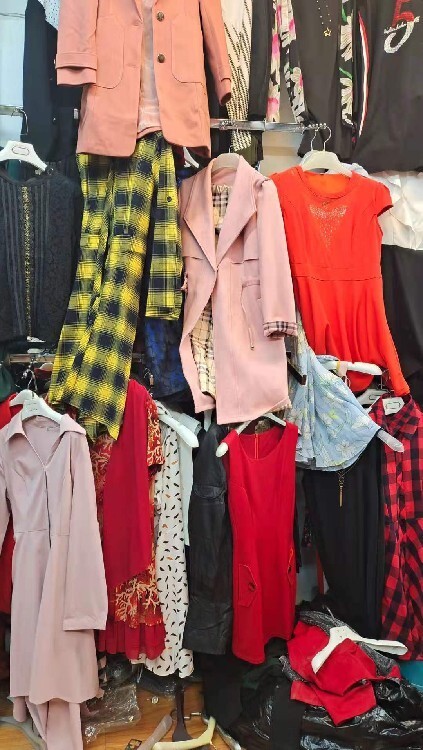
After the recycling of old clothes, recycled cotton wool, nylon, polyester, etc. are broken, zipper buttons and other accessories are removed, washed, dried, and then opened and combed by physical and chemical methods to process into agricultural insulation materials, building and industrial sound insulation materials, filler materials, non-woven fabrics, etc., or generate recycled fibers, polyester materials, recycled cotton canvas, Re used in textile production.
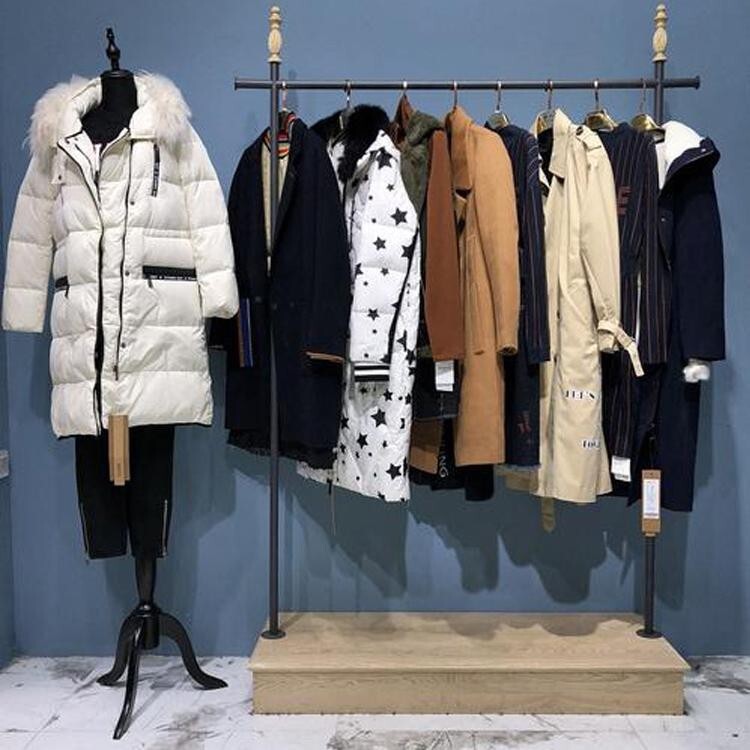
The recycling of waste textiles can not only save a lot of resources, but also reduce the environmental pollution of the textile industry. China is a country with large textile fiber production in the world, and also a major consumer and exporter of textile and clothing products. With the rapid development of industrialization and urbanization, the clothing consumption expenditure of urban and rural residents in China shows a strong growth trend, and the production of all kinds of waste materials of textile and clothing enterprises and all kinds of waste clothing and textiles eliminated by residents' families also increases rapidly. At the same time, China's clothing recycling is still in a fragmented and non systematic state, and there are many problems such as disordered recycling, backward management, lack of standards, and low processing level.
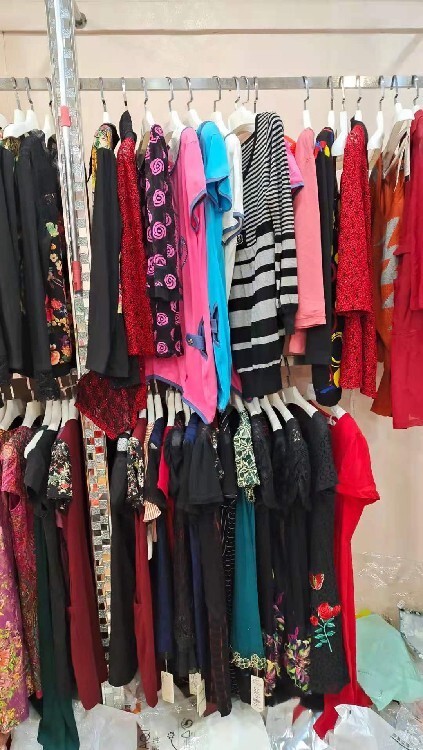
Hazards of discarded old clothes
There are many articles in our daily life that will pollute the environment in one way or another. As the articles in our life, the pressure on the environment caused by the waste pollution after use cannot be underestimated. Around the world, a large number of old clothes are sent to garbage dumps every year for incineration or landfill, polluting the air and soil. Due to the widespread use of chemical fibers, many garments like plastics are not easy to degrade and cannot be degraded in the natural environment for a long time. A large number of harmful residues produced by clothing accessories used in the printing and dyeing process of various fabrics will cause serious harm to the natural environment after clothing is abandoned.
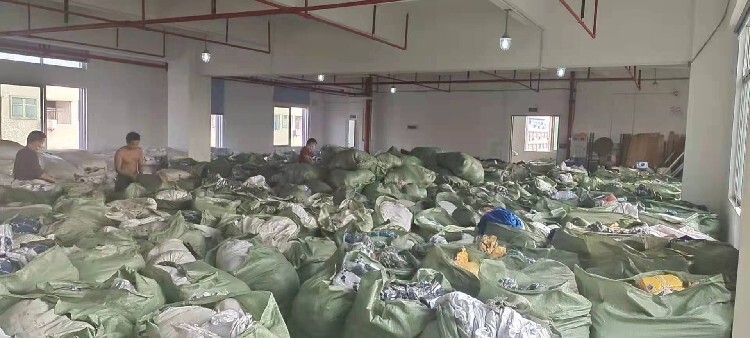
The recycling of old clothes has economic significance and environmental value. Waste clothes are not useless garbage, but resources that can turn waste into treasure.





